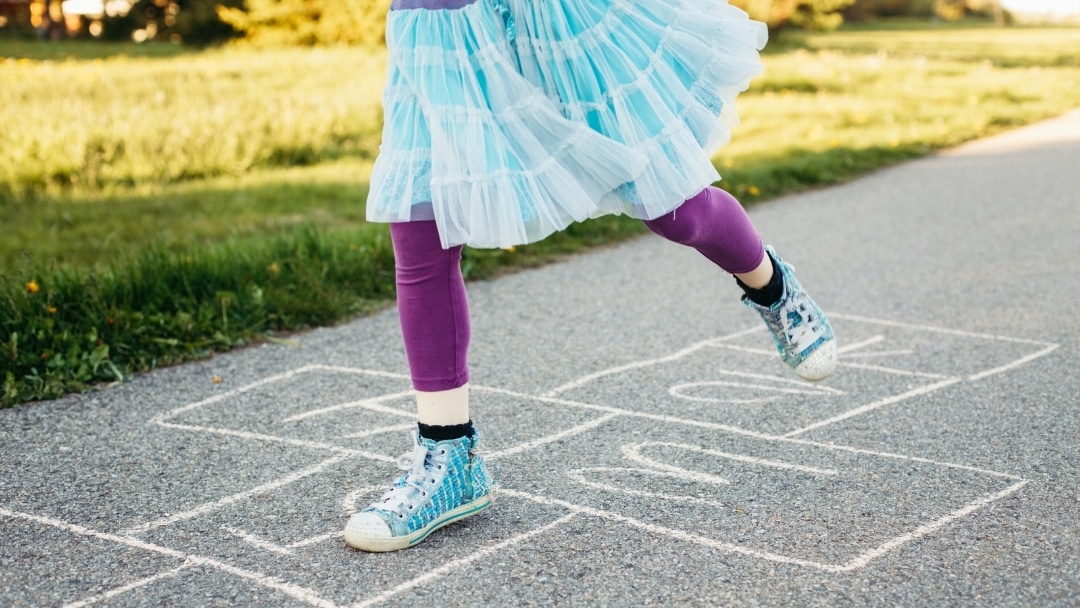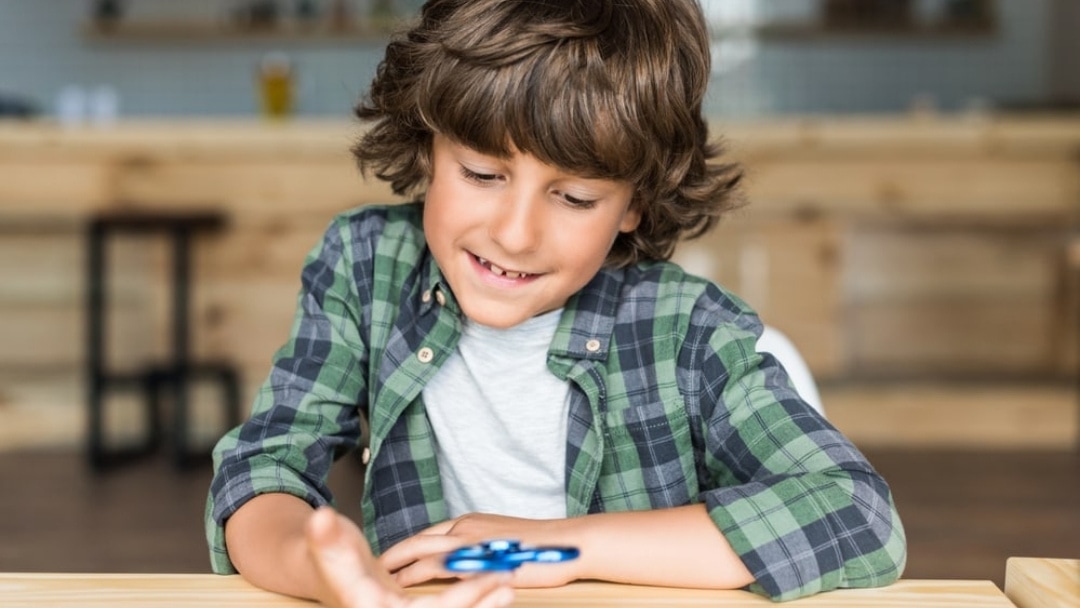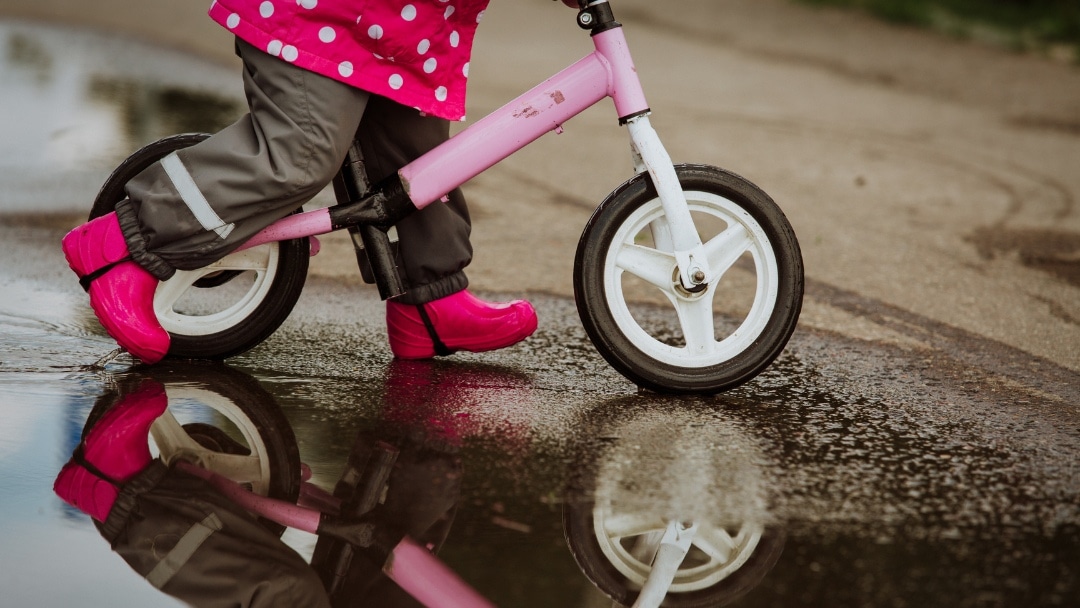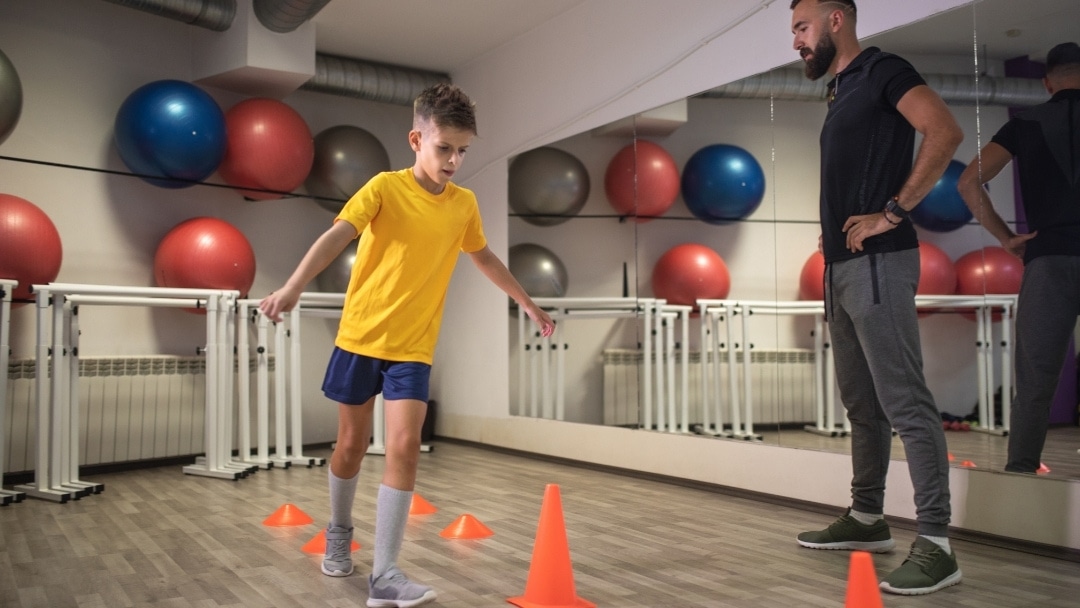Brain Gym activities can improve:
- Hand-eye coordination
- Focus
- Concentration
- Memory
- Learning
- Language
- Reading
- Writing
- Listening
- Hyperactivity
Brain Gym or Educational Kinesiology (Edu-K) was developed in the 1980s by educators Paul Dennison PhD and Gail Dennison who recognized the concept of “brain-body” integration. They designed 26 Brain Gym activities in a series of exercises that improve academic performance.
These movements are based on the fundamental idea that simple exercises help increase blood flow to the brain which provides oxygen and keeps the brain more alert. When the brain has energy, the learning process improves.
Learning is not an isolated aspect of just brain functioning, but rather an integral part of every nerve and every cell connection to our bodies.
Brain Gym Creates Brain Coordination
To create brain coordination, the Dennisons put forth the idea of coordinating the right and left hemispheres of the brain along with the front and back and top and bottom. When all parts of the brain communicate together, then “laterality”, “focusing” and “centering” take place.
Lazy Eights
One of the most important Brain Gym movements that integrate both hemispheres in the brain is the “lazy eight” or the “infinity” sign. Lazy eights have been recognized and used for years by occupational therapists, developmental optometrists and various practitioners as a very valuable tool for learning disabilities.
The movement consists of tracing a lateral eight over and over, sweeping across the lateral midline of the body again and again, which activates both the right and left hemispheres of the brain encouraging them to process together. Moving the whole body in the shape of a lazy eight leads to increasing focus and attention, spatial awareness, lateralization and bilateral integration of eyes, ears and limbs.
PACE Movements
Many educators use Brain Gym activities (PACE: Positive, Active, Clear, Energetic) as warm-up exercises for reading, writing and mathematics because it was found that overall concentration in the classroom improved. Before beginning their exercises students are advised to drink lots of water to keep hydrated before and during class since the brain consists of 90% water.
Here are a few examples of the PACE movements:
Brain Buttons
- Put one hand so that there is as wide a space as possible between the thumb and index finger.
- Place your index and thumb into the slight indentations below the collar bone on each side of the sternum. Press lightly in a pulsing manner.
Cross Crawl
- Stand or sit. Put the right hand across the body to the left knee as you raise it, and then do the same thing for the left hand on the right knee just as if you were marching.
- Just do this either sitting or standing for about 2 minutes.
Hook Ups
- Stand or sit. Cross the right leg over the left at the ankles.
- Take your right wrist and cross it over the left wrist and link up the fingers so that the right wrist is on top.
- Bend the elbows out and gently turn the fingers in towards the body until they rest on the sternum (breast bone) in the center of the chest. Stay in this position.
- Keep the ankles crossed and the wrists crossed and then breathe evenly in this position for a few minutes. You will be noticeably calmer after that time.
You can learn more about at Brain Gym at www.braingym.org
Still Looking for Answers?
Visit the Epidemic Answers Practitioner Directory to find a practitioner near you.
Join us inside our online membership community for parents, Healing Together, where you’ll find even more healing resources, expert guidance, and a community to support you every step of your child’s healing journey.




